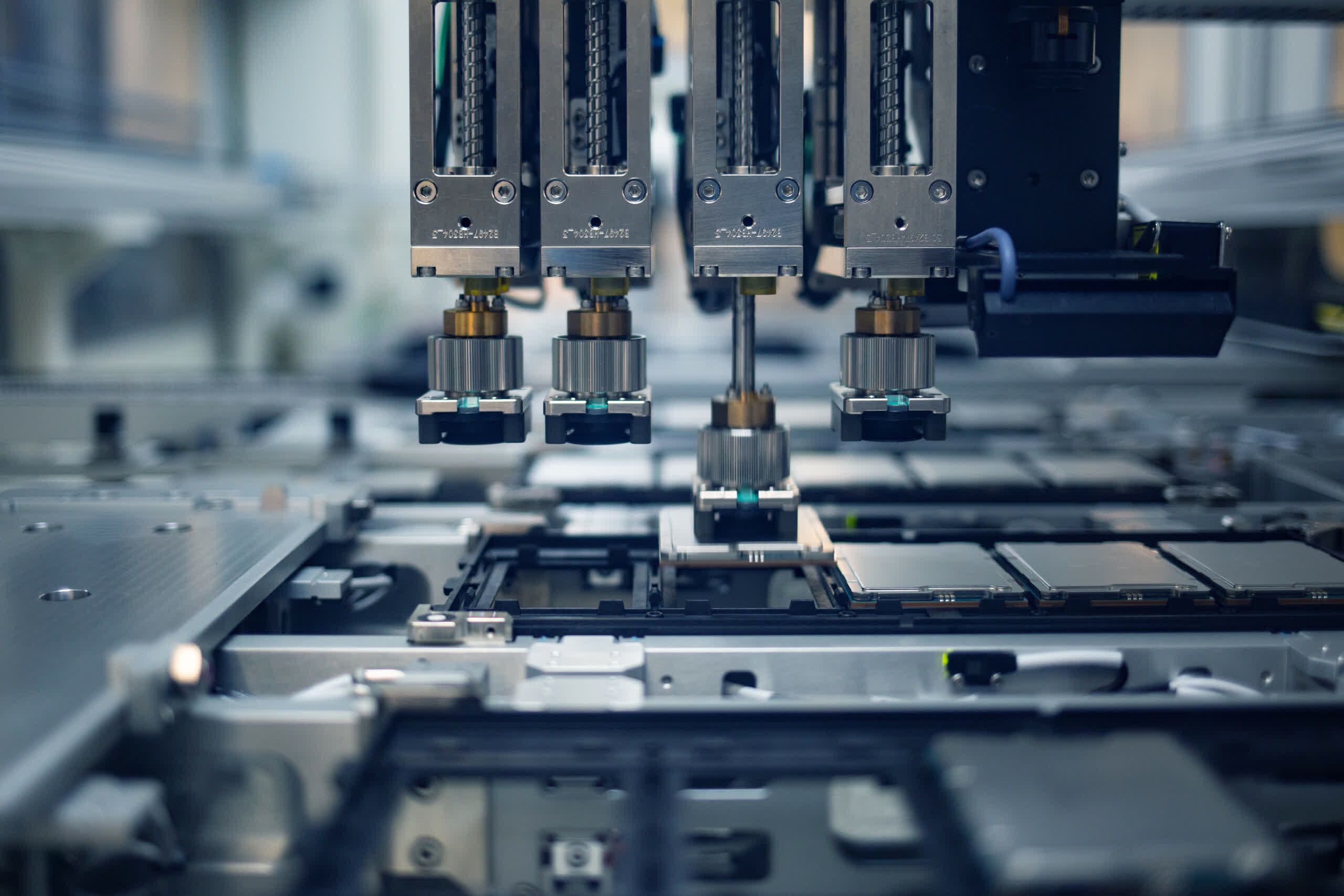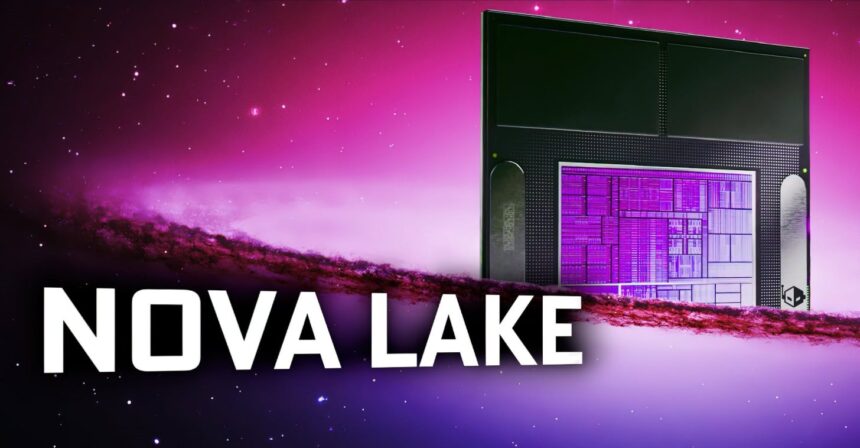Intel is making bold moves to regain its competitive edge in the semiconductor industry, and at the heart of the company’s comeback strategy is its 18A process node. New CEO Lip-Bu Tan has laid out a roadmap that promises significant product innovations in the coming years, including the much-anticipated Panther Lake processors in 2025 and Nova Lake in 2026. These chips will leverage Intel’s new RibbonFET transistor architecture and PowerVia backside power delivery for improved efficiency and performance.
The 18A Node: Intel’s Path to Better Performance

At the core of Intel’s vision is the new 18A process node, which promises up to 15% better performance per watt and 30% higher chip density compared to previous nodes. This technological leap is expected to give Intel the edge it needs to regain its leadership in the semiconductor space. The company’s Arizona facility is gearing up for high-volume production of 18A chips, with production expected to ramp up later in 2025.
However, challenges remain. Intel has faced some difficulties with yield rates for the 18A process, reportedly hovering between 20% and 30%. Despite these issues, Tan remains confident that the technology is ready for mass production, with early customer projects already nearing completion.
Panther Lake: Intel’s Flagship Processor for 2025

Panther Lake will be the first major product to leverage the 18A process and is scheduled for release in late 2025. These processors will feature a hybrid architecture with a combination of performance cores (P-cores), efficiency cores (E-cores), and potentially low-power efficiency cores (LPE cores). Panther Lake will deliver up to 16 cores and 16 threads, making it a powerful solution for high-performance computing tasks.
One of the key features of Panther Lake will be its integrated GPU cores, designed to boost AI capabilities. Although specific performance metrics have yet to be disclosed, Intel is positioning Panther Lake as a major contender in both consumer and enterprise markets.
Nova Lake: Pushing the Envelope in 2026
Following Panther Lake, Intel plans to release Nova Lake processors in 2026. Early reports suggest that Nova Lake could feature up to 52 cores, using Intel’s Coyote Cove and Arctic Wolf architectures. These processors are expected to take advantage of both Intel’s internal manufacturing and TSMC’s advanced nodes to improve yield rates and supply chain resilience.
Nova Lake is set to push the envelope even further, providing next-generation performance and scalability for a variety of applications, from gaming to data centers.
Intel’s Data Center Push: The Clearwater Forest Series
Intel is also making moves in the data center market with its next-generation Xeon processors. The upcoming Clearwater Forest series, slated for release in the first half of 2026, will be the first Intel server product to use the 18A process node. These processors will rely exclusively on E-cores and will showcase innovations in compute chiplets and packaging technologies, including Foveros Direct for advanced chip integration.
The Uncertainty of Intel’s GPU Division
While Intel’s CPU roadmap looks promising, its GPU division faces more uncertainty. The company has reportedly canceled its high-end Arc Battlemage BMG-G31 GPUs, leaving only mid-range models like the Arc B580 in its lineup. This move raises questions about Intel’s long-term commitment to competing with AMD and Nvidia in the discrete GPU market.
Additionally, there have been few updates regarding Intel’s next-generation Xe3 “Celestial” GPUs, leading to speculation about their future as standalone products.
Intel’s Road Ahead
Despite the challenges, Intel’s focus on product innovation and operational efficiency under CEO Lip-Bu Tan’s leadership is positioning the company for a potential comeback. With the upcoming release of Panther Lake in 2025 and Nova Lake in 2026, Intel is poised to push forward and reclaim its spot at the top of the semiconductor industry. The company’s ability to deliver on its ambitious product roadmap, combined with its focus on process innovation, will be crucial in determining whether Intel can regain its competitive edge in a rapidly evolving market.









